
- Email yeldocollegesmd@gmail.com
- CALL +91 98468 77776 +91 98461 10506

Web development is entering a bold new chapter. What once began with simple static pages has grown into a dynamic and continuously transforming domain. Web development 2025 is powered by innovative technologies, fresh design thinking and a rising need for websites that are both functional and immensely intelligent. In this fastest moving digital era, staying updated is a necessity rather than a luxury. For developers, designers and entrepreneurs, being updated with the future of web development helps to maintain competitive edge and deliver user experiences that resonate. This article seeks to offer a complete overview of the growing trends and innovations that will define web development trends in 2025 and to provide the strategic insight necessary to navigate this rapidly evolving domain.
The adoption of Artificial Intelligence and machine learning has introduced a new dimension to web development, enhancing both efficiency and user interaction. AI-powered website creation that allows for content personalisation greatly increases user engagement. Development tools like GitHub Copilot and GPT Engineer assist programmers by automating routine coding tasks, allowing more time for design and innovation. With natural language processing, AI driven chatbots and search systems provide accurate support and user friendly navigation. AIOps platforms like New Relic and Dynatrace enhance performance by detecting problems prior to them affecting user experience. These developments may indicate AI in web development from a supportive role to a pivotal force in modern web development.
Web development in 2025 is focused on creating faster and more engaging user experiences. Progressive Web Apps (PWAs) are leading the way by combining the best of websites and apps. It can load quickly, work offline and offer better security for making them both cost effective and user friendly. Voice search optimization is also growing, so websites need to understand how people speak and ask questions. Augmented Reality (AR) and Virtual Reality (VR) make online experiences more real like seeing a product in your room before you buy it as with Shopify AR. As more people browse from mobiles, websites need to work well on all screen sizes through Mobile first and responsive web design. Single Page Applications (SPAs) like Facebook and Gmail load faster by updating parts of the page without reloading. They focus on loading speed, responsiveness and visual stability. Tools like Lighthouse and WebPageTest help developers track and improve these areas.
The architecture of web development has undergone a significant transformation shaped by the need for greater flexibility, faster performance and long term scalability. Headless CMS is a departure from the traditional model of closely related display and content. This makes it easier to adapt content across devices. Serverless architecture reduces the need for server management, helping developers to focus on code while services like Google Cloud Functions handle the rest, cutting costs and speeding up deployment. The API first development helps the teams to design APIs before writing code, better planning, easier integration and stronger collaboration. By bringing data processing closer to users, edge computing improves speed and minimises delays, particularly for real-time applications. Together, these changes help build faster and more scalable web solutions.
In 2025, strong data security and smart development practices are more important than ever. As cyberattacks are on the rise, data security is a top priority. Zero Trust Architecture (ZTA) helps to protect systems by always verifying users and devices not just once. DevSecOps brings security into every step of development by using tools like Snyk and Checkmarx to find and fix risks early through automated scans. Automation testing also plays a key role in saving time, reducing human errors and improving software quality by checking code automatically. At the same time, low code and no code platforms like Bubble, OutSystems and Gravity Forms are making it easier for anyone to build apps. These tools speed up development and help teams create prototypes and workflows quickly without deep coding skills.
The web development world is growing with new tools and smarter technologies. JavaScript (with Node.js) and Python (with Django) are the still leading programming languages. While Rust, Go and Kotlin are gaining attention for their speed and safety. Frameworks like React, Vue, Angular 18 and Svelte help build better front end experiences. Developers are also using decentralised technologies like blockchain, DIDs and Activity Pub to add privacy and user control. IoT integration enables websites to show real time data from smart devices. Tools like Yarn (from Meta) and static web generators such as Jekyll make development faster and more secure. On the design side, bold layouts, strong contrast and clean white space are key web design trends making websites easier to read and more engaging.
Web development in 2025 witnessing innovation in new tools, smarter designs and better technologies. From AI to flexible architectures, these trends help create faster, user friendly and more powerful websites. Thus, Developers must keep learning and adapt to new changes to grow with competitive advantage in this digital landscape. Staying updated gives you a clear edge and opens up new opportunities. If you are a beginner or want to sharpen your skills, with the best web application development courses from Yeldo Mar Baselios College. It is a great way to build knowledge. Keep learning, stay curious and you will be ready to succeed in the web development future.
Tags: Web Development in 2025
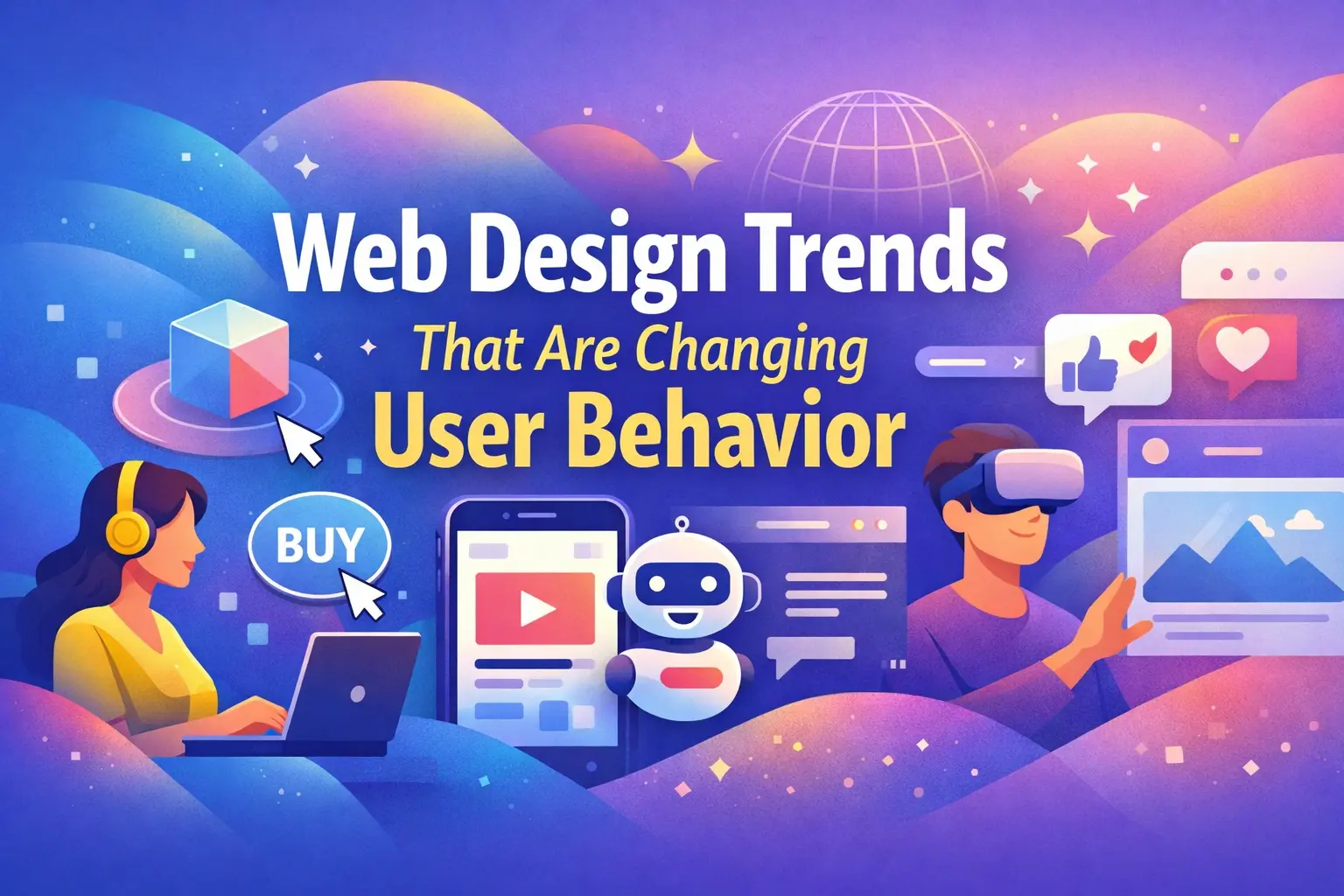
January 09, 2026

January 07, 2026

December 29, 2025

December 26, 2025

December 24, 2025

December 17, 2025
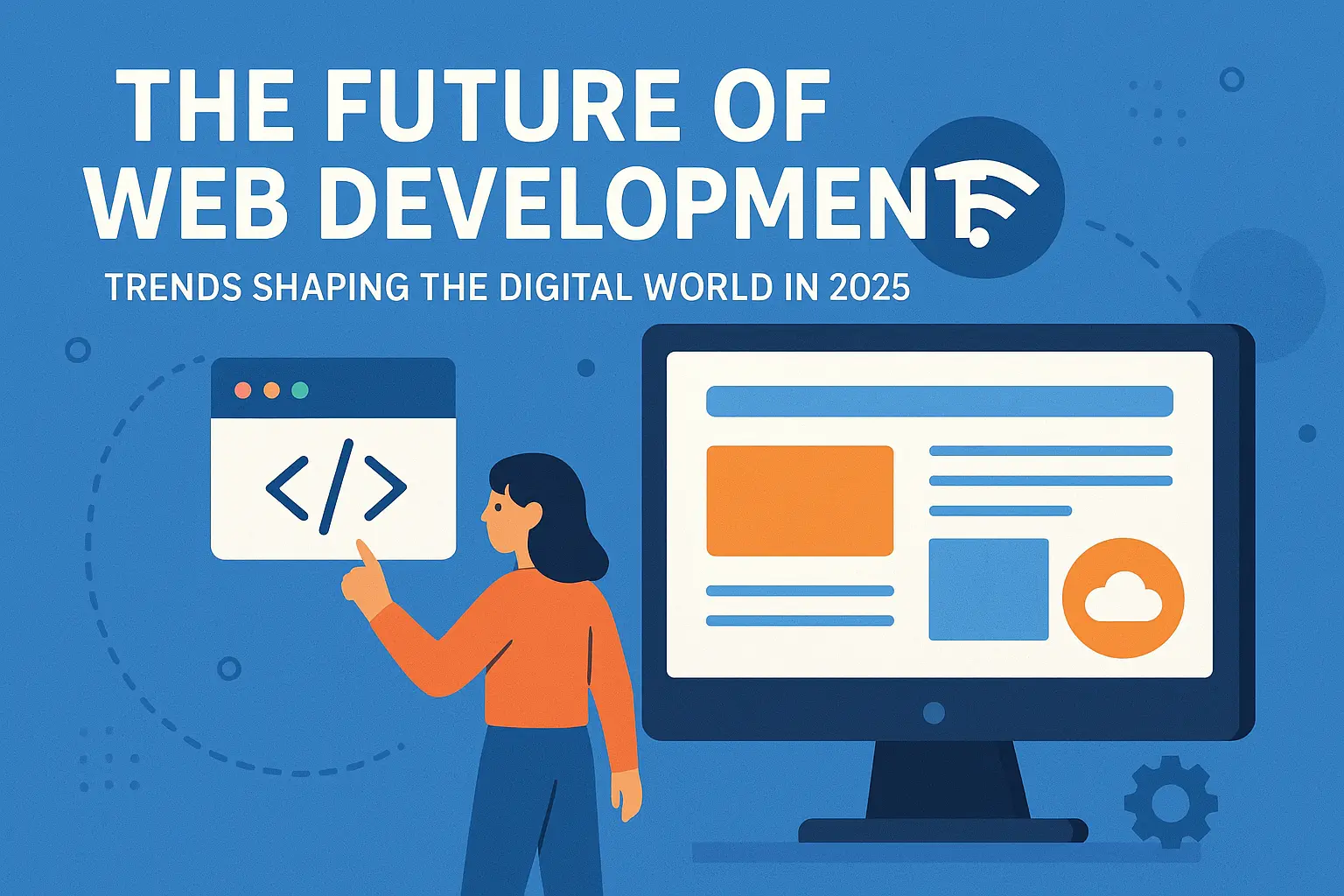
November 26, 2025
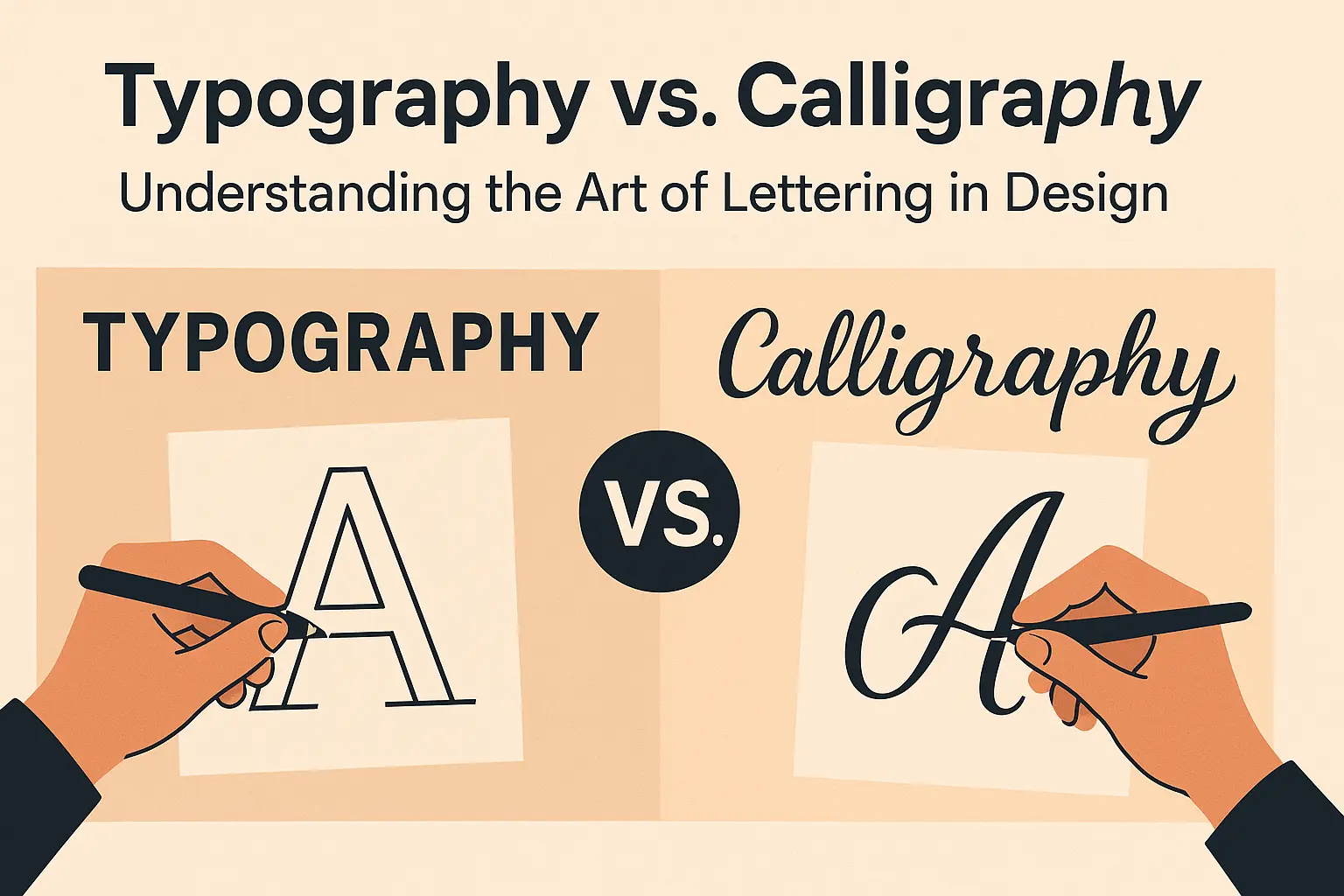
November 24, 2025

November 12, 2025
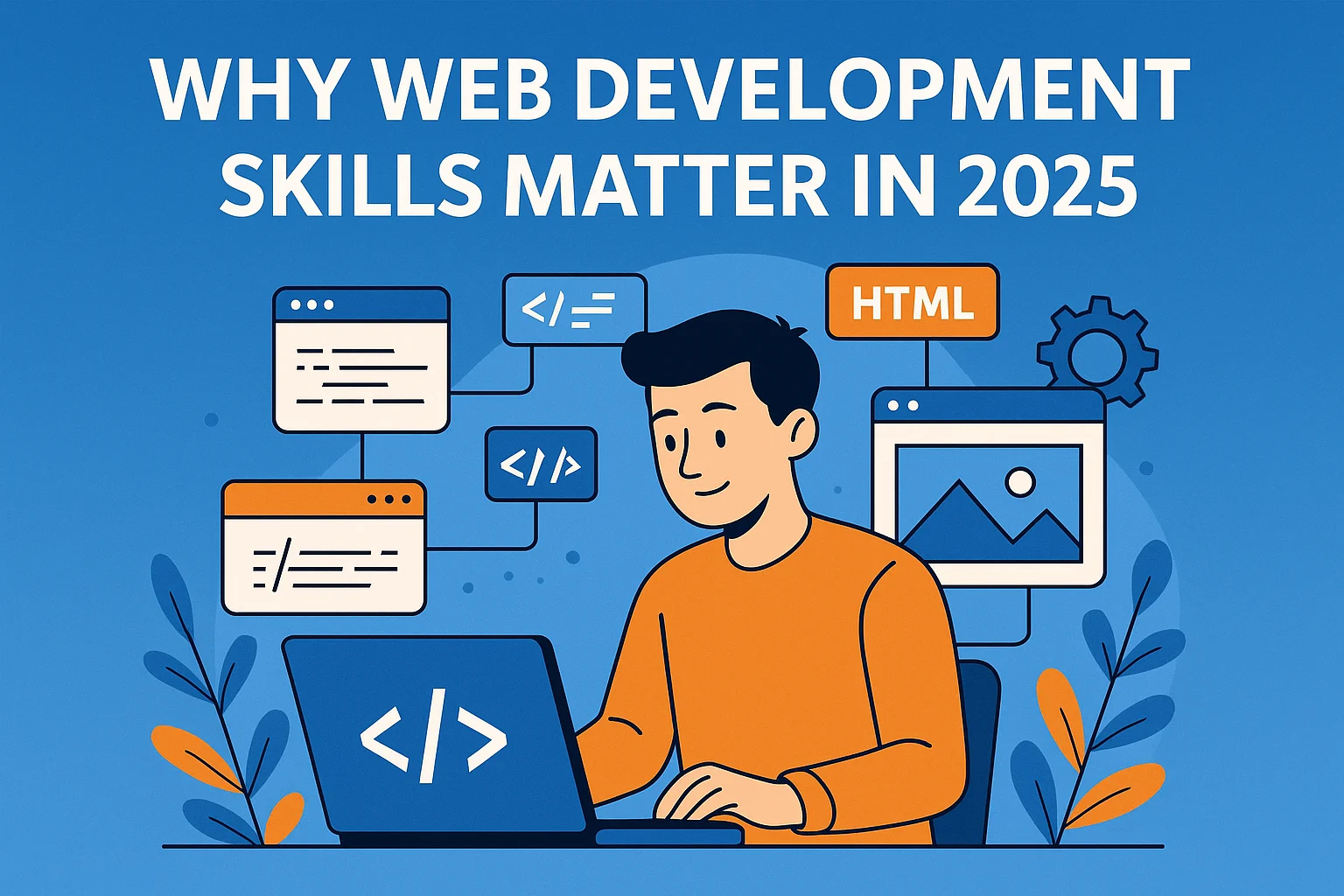
November 12, 2025

October 30, 2025
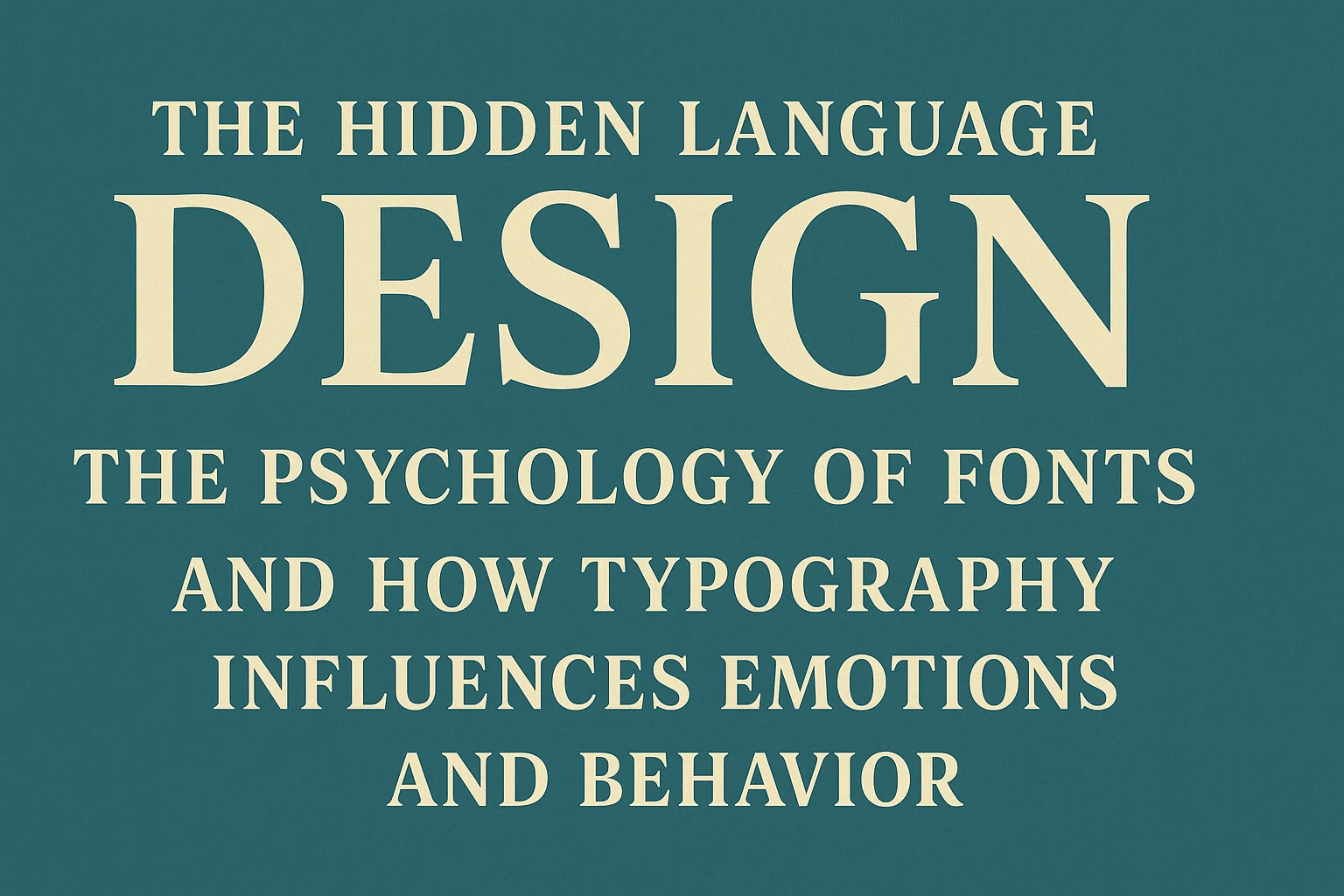
October 25, 2025

October 25, 2025
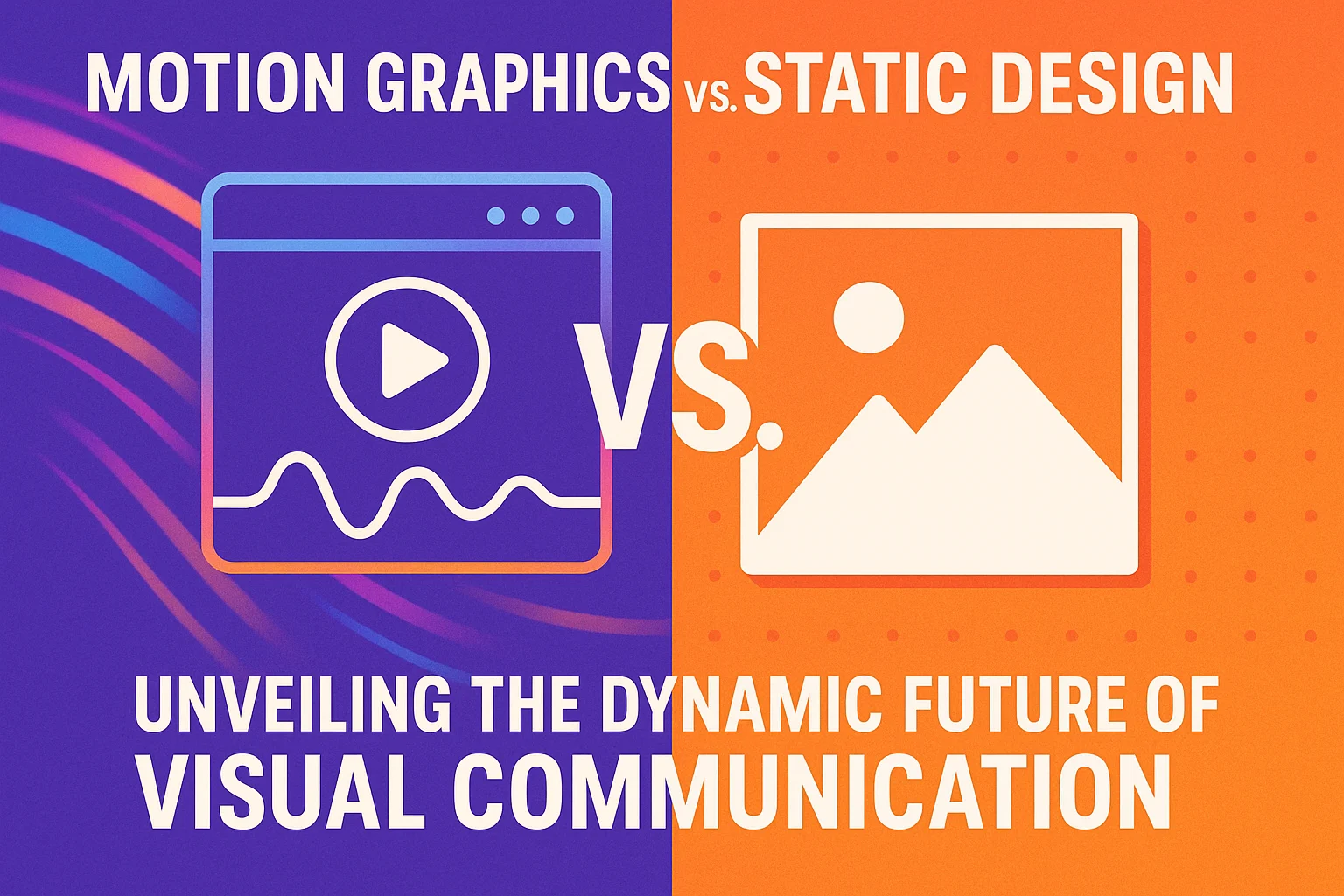
October 25, 2025
September 27, 2025

September 22, 2025
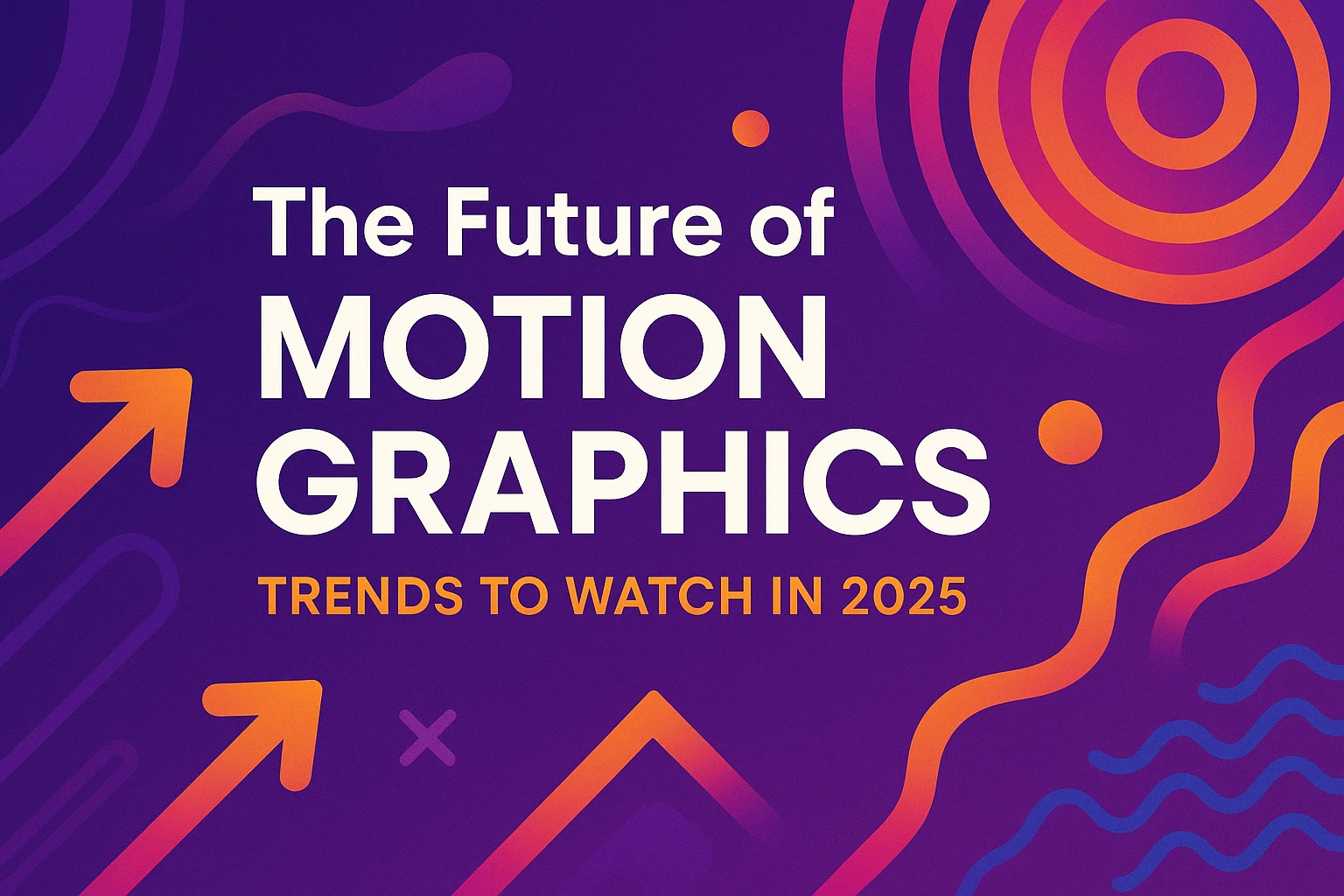
September 22, 2025
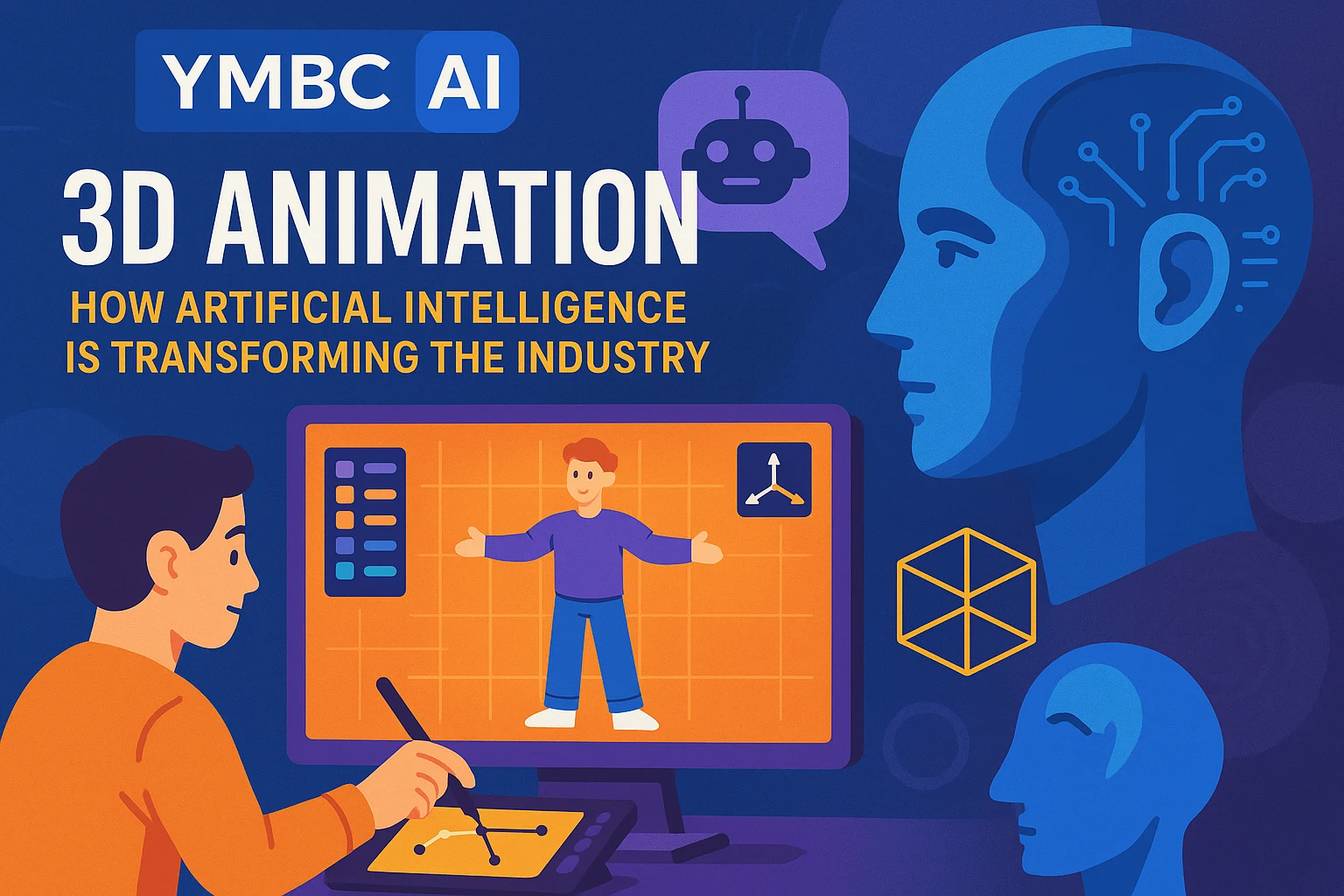
September 19, 2025

August 22, 2025
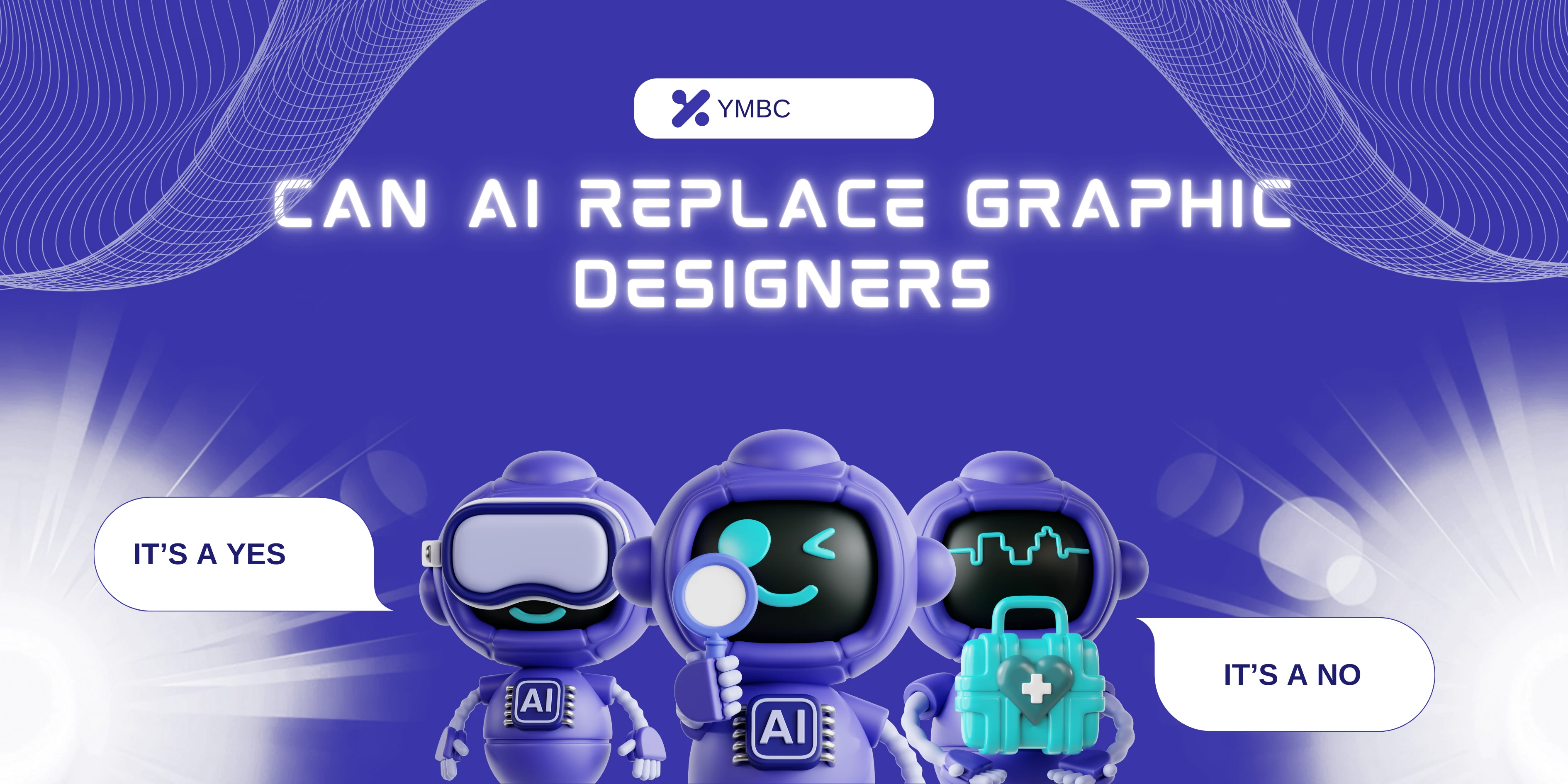
August 22, 2025

August 22, 2025

August 21, 2025

July 25, 2025
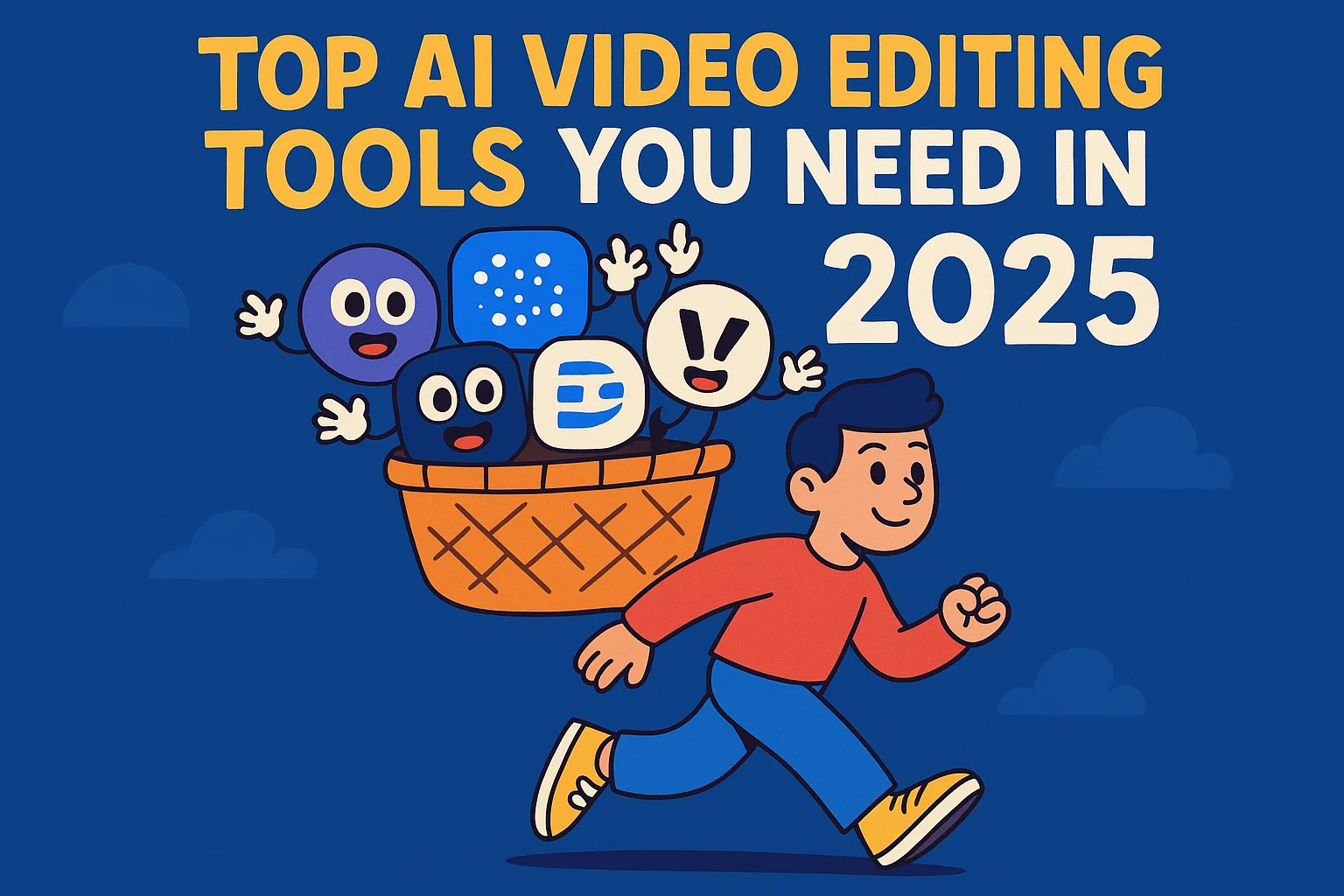
July 25, 2025

July 24, 2025
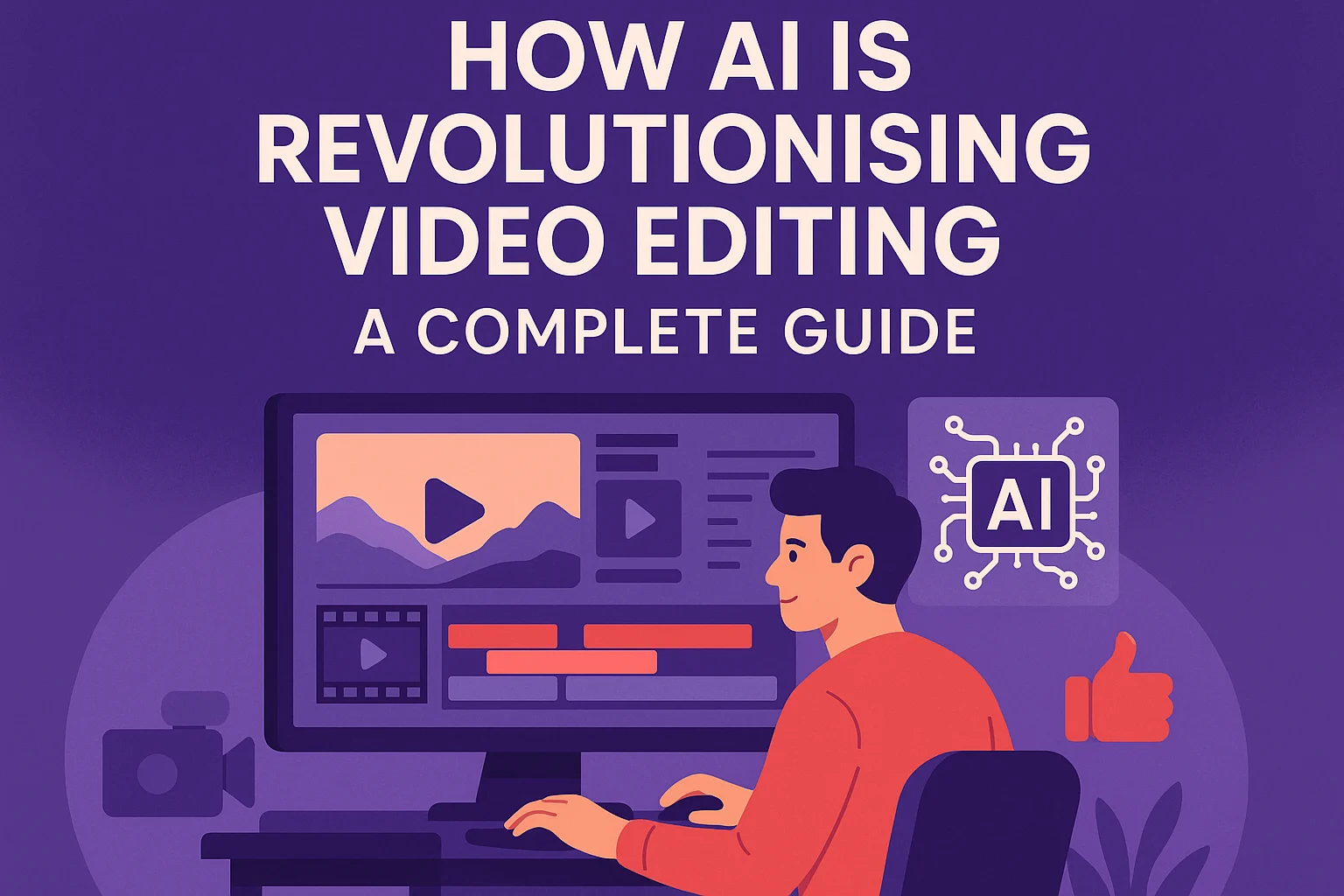
July 21, 2025

June 30, 2025
June 30, 2025
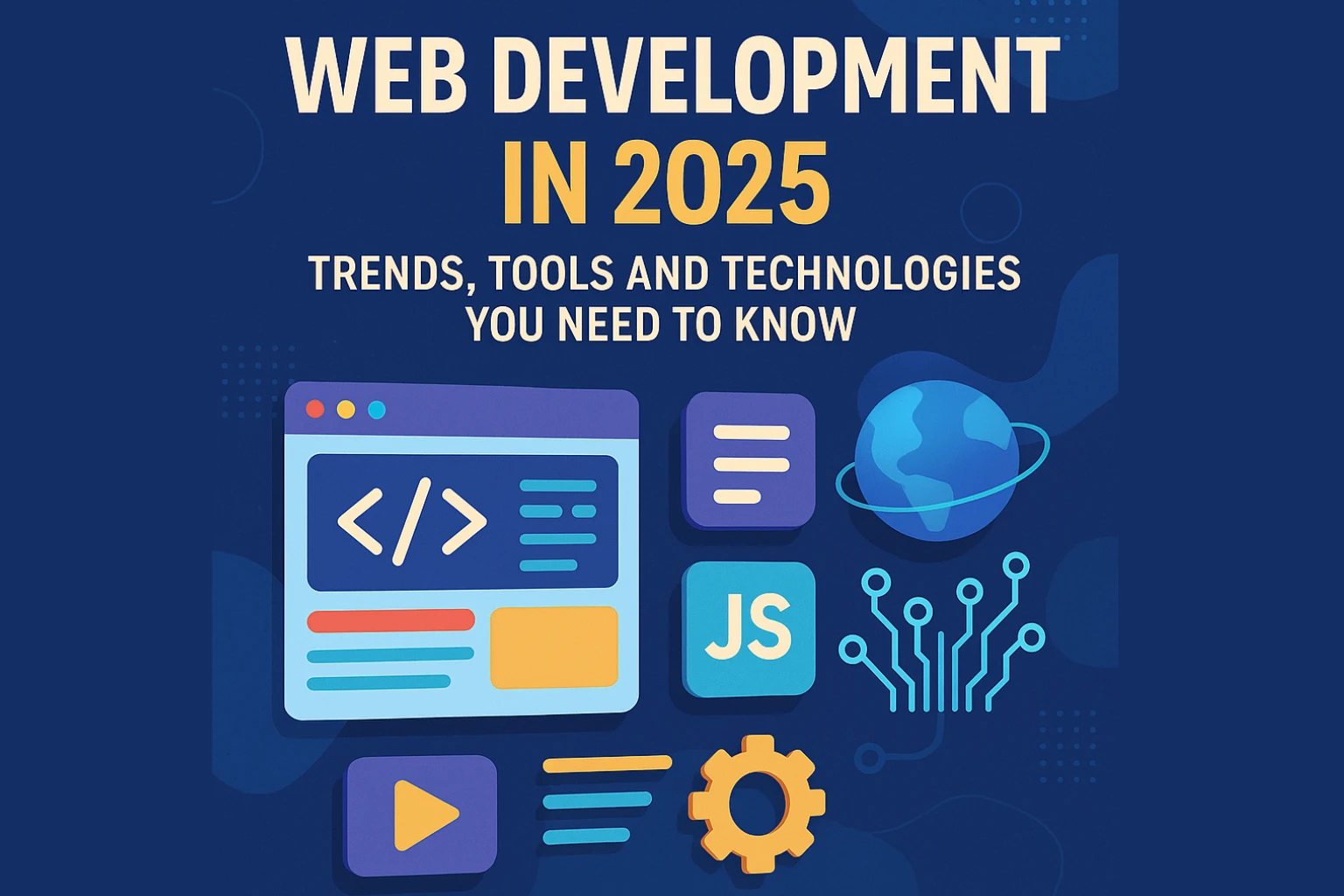
June 30, 2025
June 30, 2025